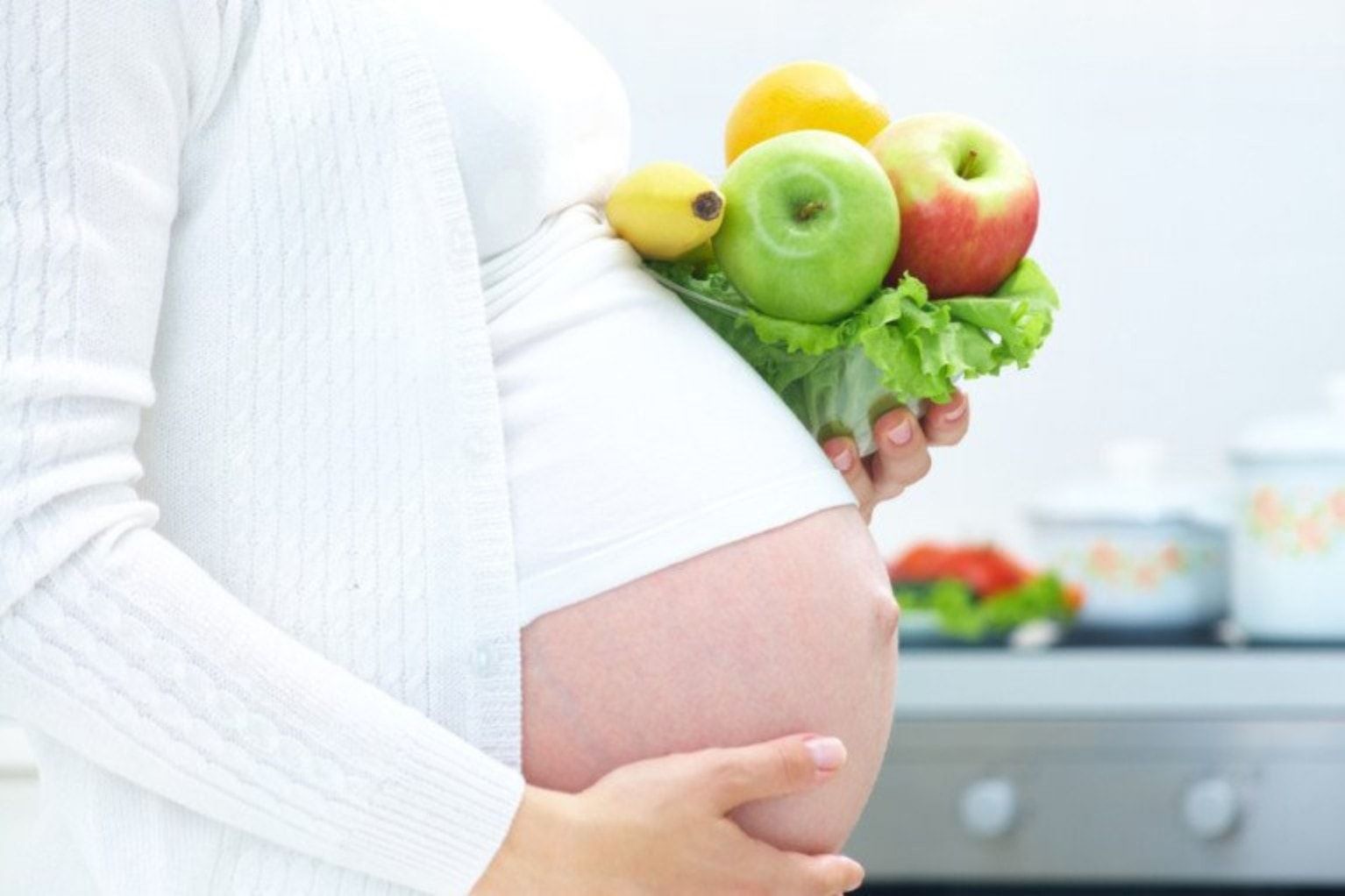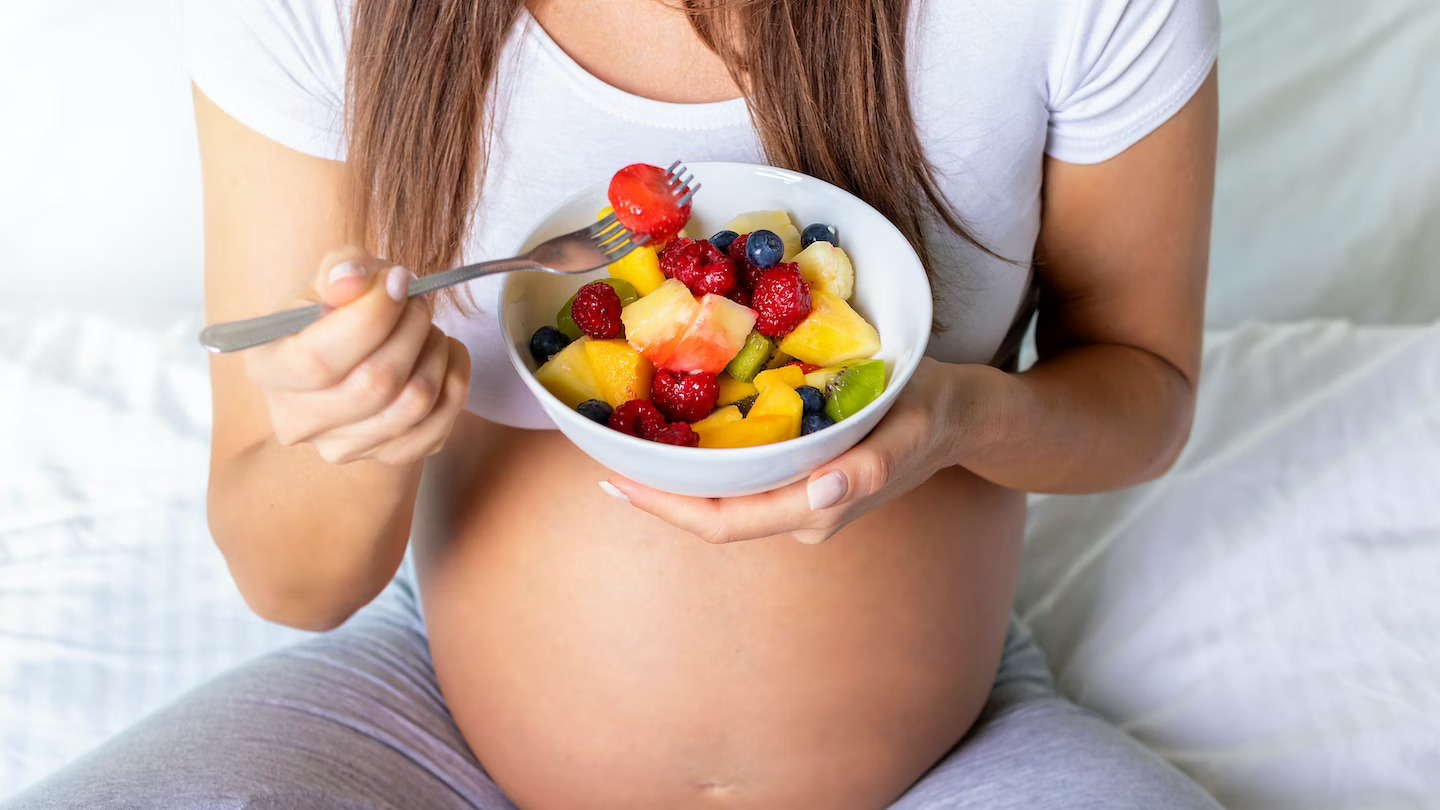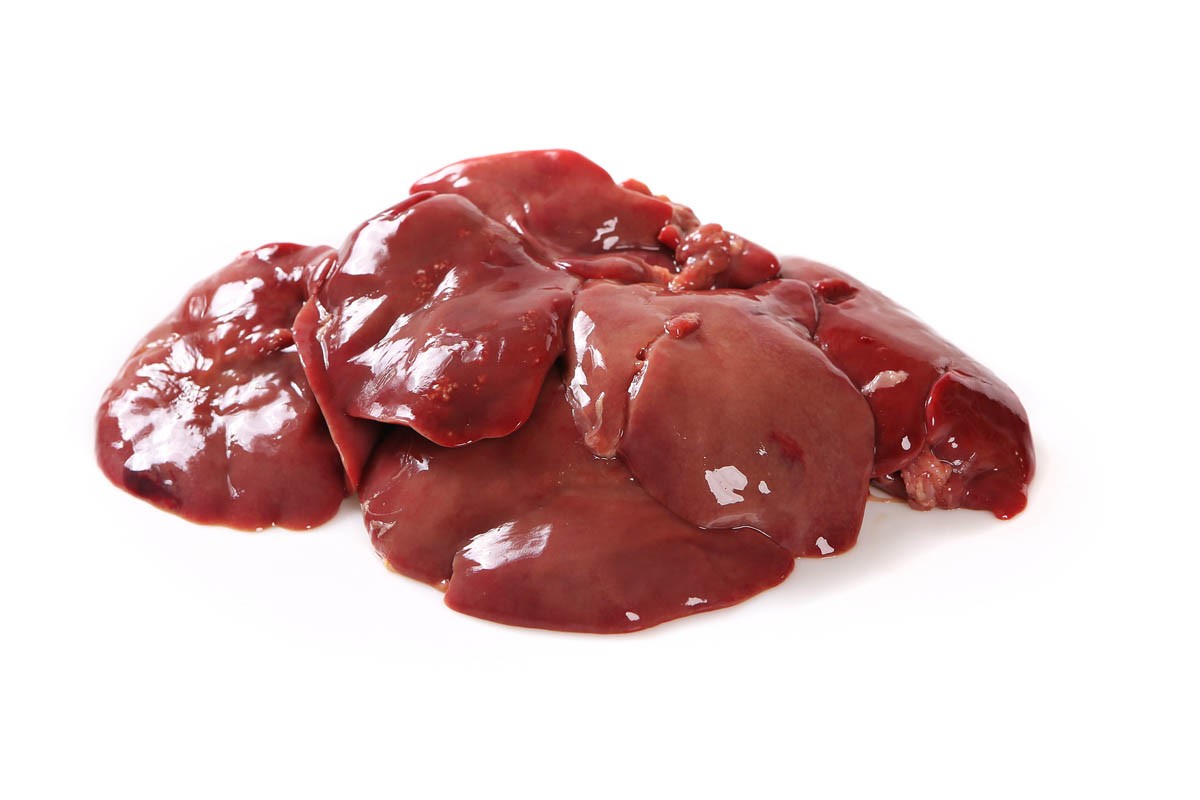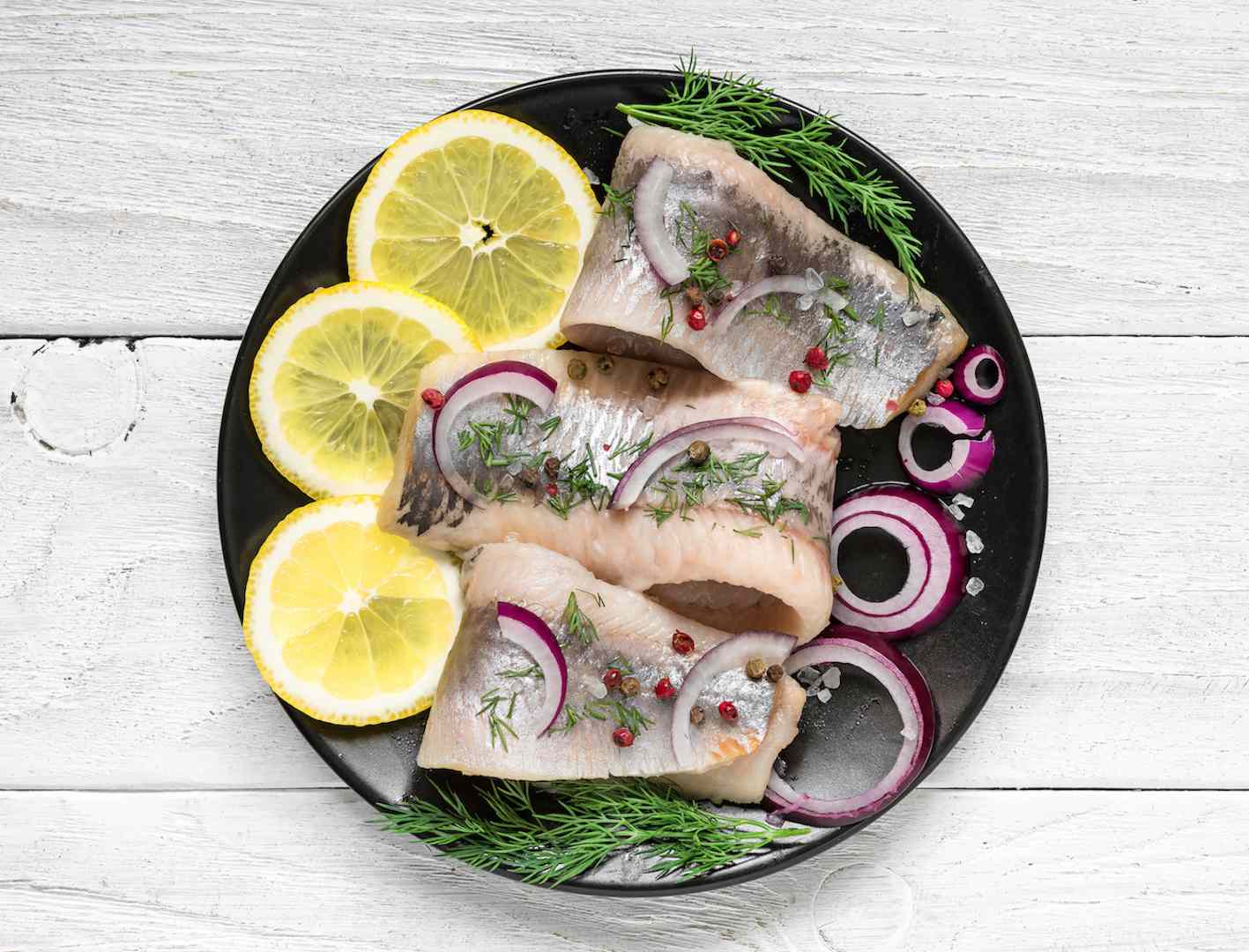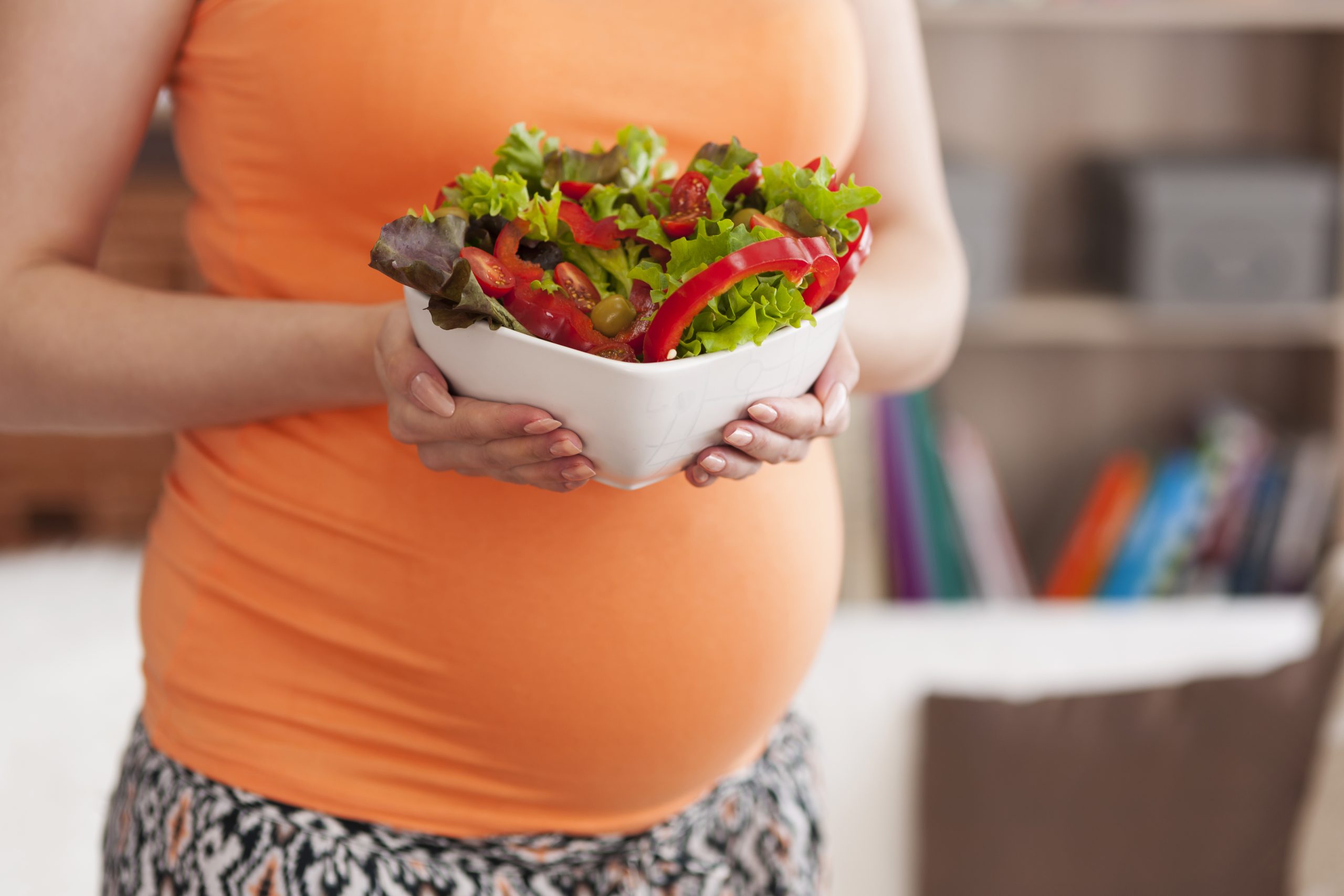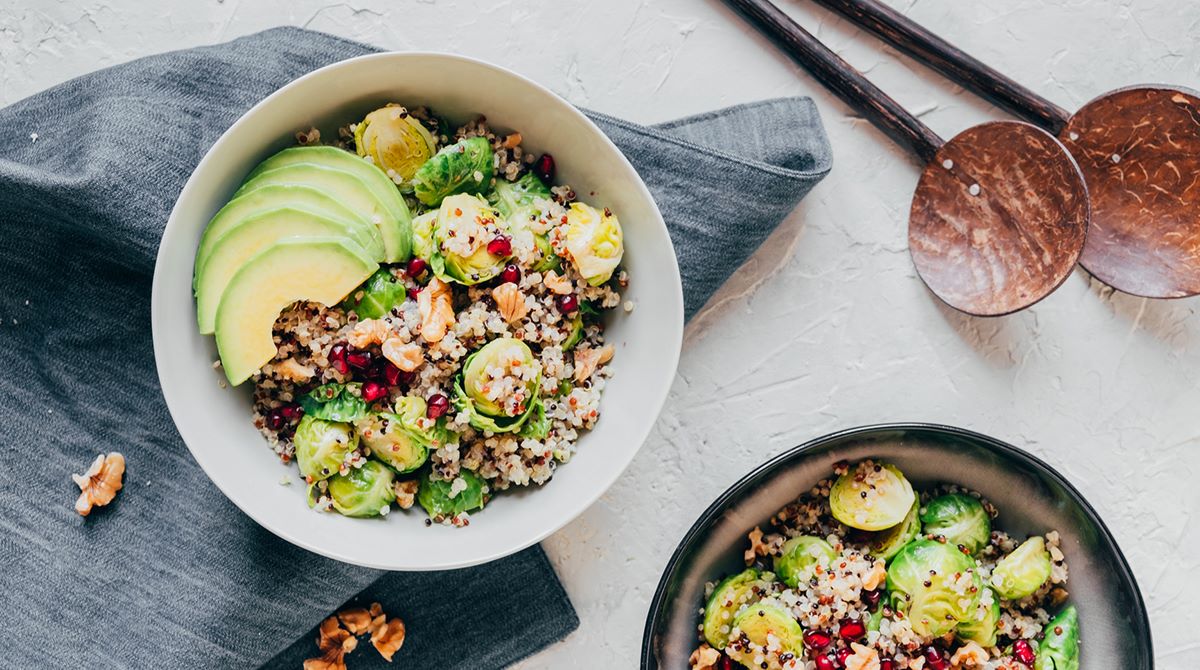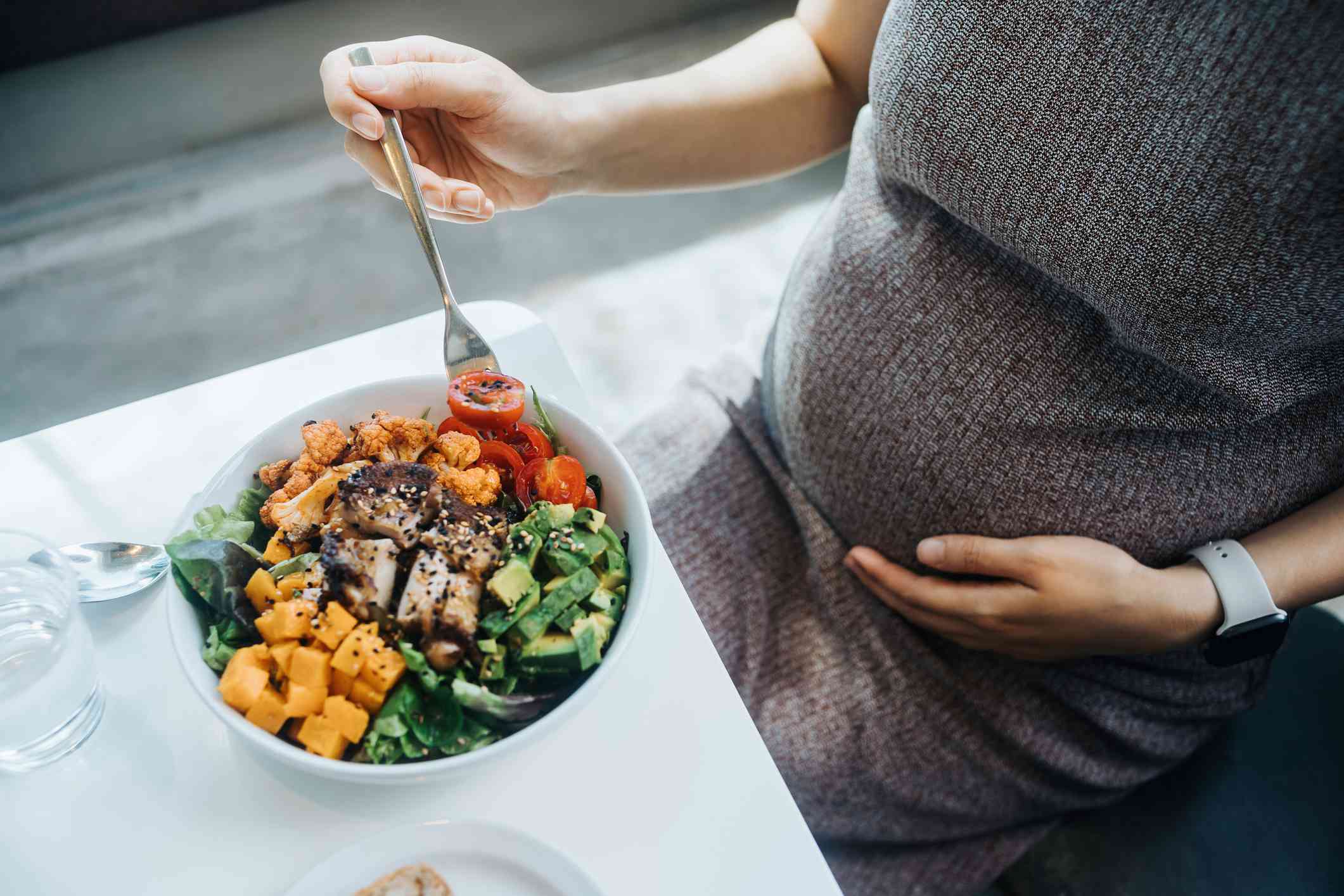What is Folic Acid?
Folic acid, also known as folate, is a B-vitamin that is essential for the body’s growth and development. It plays a crucial role in the production of red blood cells and helps the body convert carbohydrates into energy. Folic acid is especially important for pregnant women as it helps prevent major birth defects of the baby’s brain and spine.
Why is Folic Acid Important?
Getting enough folic acid is crucial for overall health and well-being. It helps the body make DNA and other genetic material, and it is especially important during periods of rapid cell division and growth such as infancy, adolescence, and pregnancy. Folic acid also plays a key role in preventing anemia and supporting heart health.
Sources of Folic Acid
There are many natural food sources of folic acid that can easily be incorporated into your diet. Some of the best sources include:
- Leafy green vegetables such as spinach, kale, and collard greens
- Lentils, peas, and beans
- Avocado
- Oranges and orange juice
- Broccoli and asparagus
- Fortified cereals and grains
- Liver and liver products (for those who consume animal products)
How to Incorporate More Folic Acid into Your Diet
Now that you know the importance of folic acid and its food sources, here are some practical tips to help you incorporate more folic acid into your daily meals:
- Start your day with a bowl of fortified cereal topped with sliced bananas or strawberries.
- Add leafy greens like spinach or kale to your salads, sandwiches, and smoothies.
- Snack on a handful of nuts and seeds, such as almonds and sunflower seeds, which are also good sources of folic acid.
- Include lentils, chickpeas, or black beans in soups, stews, and curries for a hearty and nutritious meal.
- Enjoy a side of steamed asparagus or broccoli with your main dishes.
- Opt for whole grain bread and pasta to increase your folic acid intake.
- Indulge in a delicious avocado toast for a nutrient-packed breakfast or snack.
Supplements
In addition to incorporating folic acid-rich foods into your diet, it’s important to consider folic acid supplements, especially for pregnant women or those planning to conceive. A prenatal vitamin containing folic acid can help ensure that you are getting enough of this vital nutrient to support a healthy pregnancy and fetal development.
Conclusion
Ensuring an adequate intake of folic acid is essential for overall health, particularly for women of childbearing age and during pregnancy. By incorporating folic acid-rich foods into your diet and considering supplements when necessary, you can support your body’s needs and promote optimal well-being.
Remember, a balanced and varied diet that includes plenty of fruits, vegetables, whole grains, and legumes can help you meet your folic acid needs and contribute to a healthy lifestyle.


